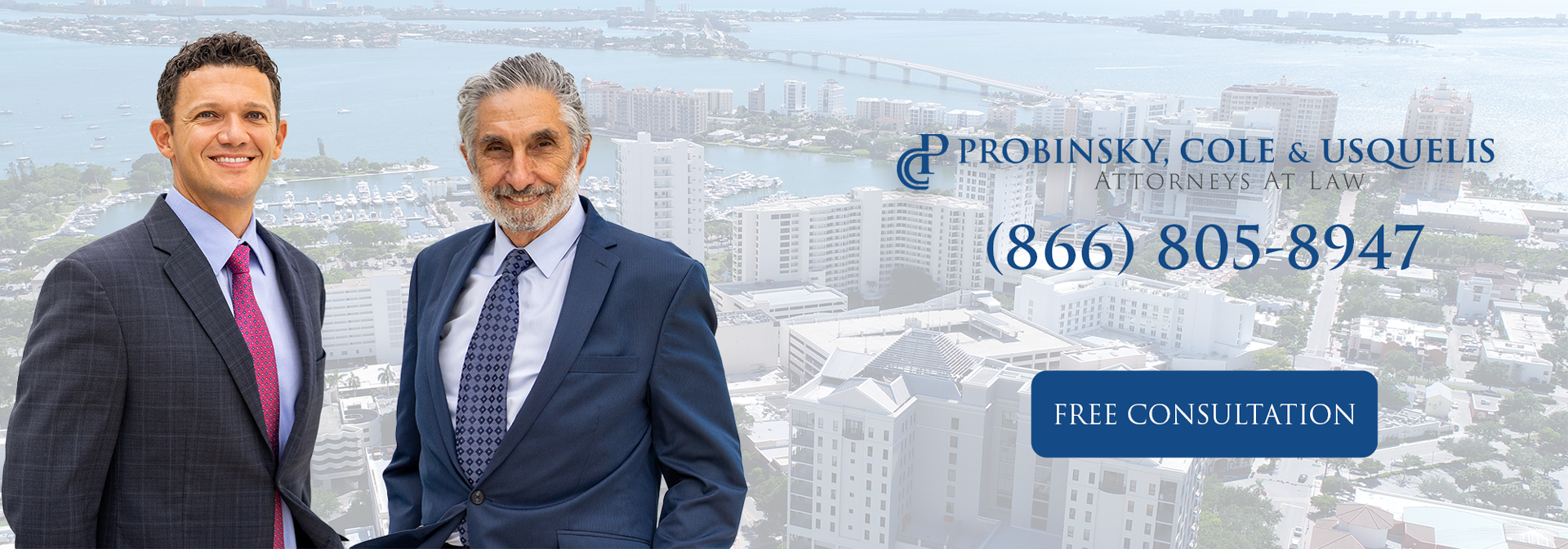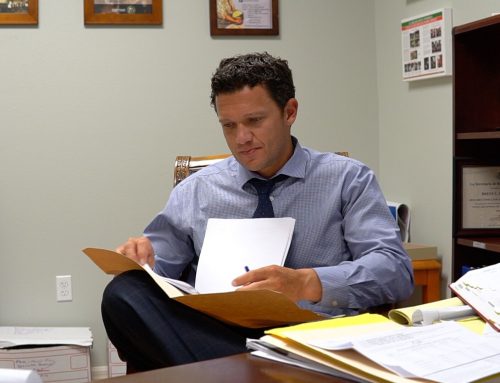Smart devices have become part of everyday life— we all rely on doorbell cameras, smart speakers, fitness trackers, security systems, and even smart thermostats. While these gadgets make our homes more convenient and secure, they also create a digital footprint that can play a surprising role in personal injury cases.
Whether you’re filing a claim or defending against one, the data your smart devices collect could help—or seriously hurt—your case. Here’s what you need to know about how smart technology can factor into personal injury litigation.
How Smart Devices Can Help Your Injury Claim
- Video Evidence from Doorbell or Security Cameras: Devices like Ring or Nest can be powerful allies. If you were injured in a slip-and-fall on your front steps or experienced a home invasion, video footage can offer clear, time-stamped evidence of the event. This can be invaluable in showing exactly what happened, who was at fault, and when the injury occurred.
In premises liability or dog bite cases, for example, footage showing unsafe conditions or the behavior of a pet before an attack could support your claim. - Activity Logs from Smart Devices: Smart speakers and home assistants (like Alexa or Google Home) keep records of interactions. In rare cases, these logs can confirm your presence, actions, or even conversations around the time of the injury.
Similarly, a smart door lock might show when someone entered or exited the home, helping establish a timeline. These kinds of digital breadcrumbs can help corroborate your version of events. - Fitness Trackers as Proof of Impact: Wearables like Fitbits, Apple Watches, and other fitness devices track physical activity, sleep patterns, and even heart rate. If you’ve been injured and your activity dropped dramatically, or your sleep was disrupted, this data could reinforce claims about pain and suffering or reduced mobility. This kind of objective data can be powerful in supporting what might otherwise be considered “subjective” symptoms.
How Smart Devices Can Hurt Your Claim
While smart tech can support your story, it can also be used against you—especially by insurance companies and defense attorneys looking to minimize your compensation.
- Contradicting Your Testimony: If you claim you were unable to move much after your injury, but your fitness tracker shows you taking long walks—or your smart thermostat logs you leaving the house daily—that could undermine your credibility. Smart home data can unintentionally paint a different picture of your recovery, one that may suggest you’re more active or mobile than claimed.
- Audio Logs Taken Out of Context: Devices like Alexa record brief voice commands. If these recordings are subpoenaed (and courts are starting to allow this), they could be misinterpreted. Something as simple as saying, “I’m fine,” in a different context might be used to question your pain or mental state. While this isn’t common yet, as technology becomes more integrated into our lives, it’s likely to become more frequent in court cases.
- Privacy Concerns and Misuse: You might not even realize how much your devices are recording. If you don’t take steps to secure your data, you could unintentionally allow others (or even opposing legal teams) to access it. In some cases, courts have allowed smart home data to be subpoenaed if it’s deemed relevant.
Speak to An Attorney Early On
Smart devices are changing the landscape of personal injury law. They can provide powerful, objective evidence—but they can also be a double-edged sword if you’re not careful. Whether they help or hurt your case depends on how they’re used, what they show, and whether your story aligns with the data.
If you’re pursuing a claim and have smart tech in your home, don’t leave things to chance. Consult with a personal injury attorney who understands how to use (and protect against) digital evidence in today’s tech-driven world. Probinsky & Cole is here to help.








